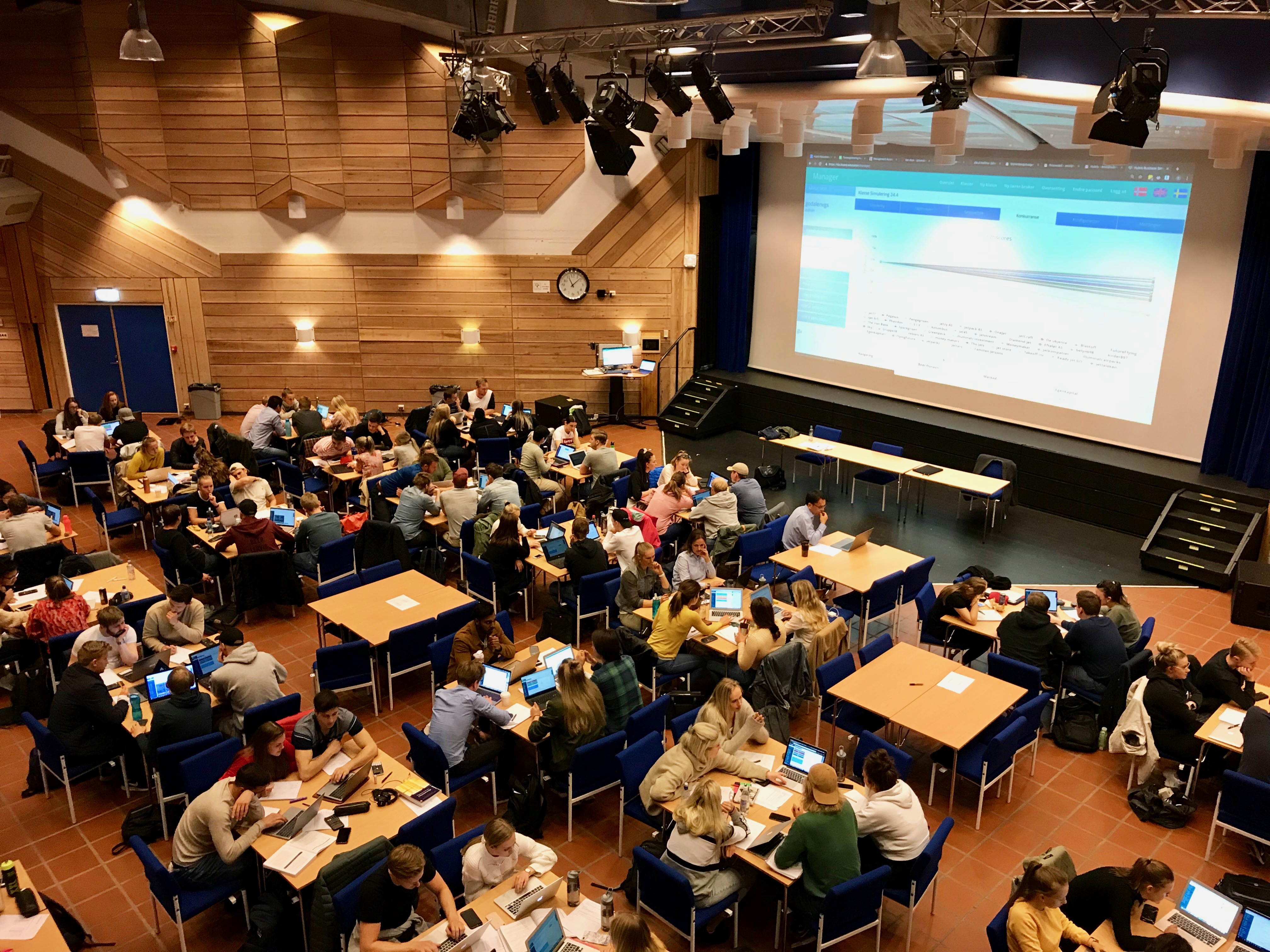
How UiS teach management accounting with a simulation bootcamp
Management accounting is challenging to teach. In other subjects like marketing, most students can relate the subject to known companies and events. Most students don't have that kind of relationship with accounting.
Therefore many new students find management accounting abstract, hard to grasp, and maybe even dull.

- To make use of management accounting, you have to understand how it interacts with other disciplines like marketing and strategy, says Ola Barkved at University of Stavanger (UiS).
- It's a real challenge to give them that perspective.
To give his students this kind of perspective, Ola has teamed up with Hubro Education to design a bootcamp in Hubro Business Simulation for his students:
- I like business simulations because it forces the students to think critically and to make use of the skills they’ve learned in the course.
Learning goals of the simulation
Ola had three goals with the simulation:
1. Practical application: students would get to apply the concepts of the course on complex and unstructured problems
2. Overview: the simulation demonstrates how different business topics interact with each other
3. Collaboration: the students worked in teams, thus developing their soft skills which is a general learning goal for UiS’ business degree
The setup
Duration. On Ola’s request, we set up the simulation as a 5 hour bootcamp at the end of the course:
- I wanted a one day setup because I think more students would finish the simulation that way, says Ola and explains:
- Many students think it’s challenging and even uncomfortable to work in teams, collaborate and make decisions. More students would skip it if we did it over several sessions, especially the students that need to practice these soft skills.
 Groups and physical environment. The 200 students of the course were gathered in the university’s great hall and were divided into groups of 4-5, which is unusually large; we normally recommend 2-3 students per group to avoid free riding.
Groups and physical environment. The 200 students of the course were gathered in the university’s great hall and were divided into groups of 4-5, which is unusually large; we normally recommend 2-3 students per group to avoid free riding.
To activate all the students in the groups, we gave them roles with complete responsibility and power over a business function, like production, R&D, sales or finances. This created an interesting and including dynamic in the groups.
Activities
 The progress of the simulation is described in the figure to the right.
The progress of the simulation is described in the figure to the right.
Reflection assignment. In addition to the simulation itself, the students would hand in a reflection note after the bootcamp. The students were given the description of the assignment after the introduction, so they could discuss it and make notes during the simulation.
The assignment included reflecting on a few specific topics from the course, assessing their own analysis and process of decision making, and notes on what they would have done differently if they could do the simulation again.
Planning activity. After the training and testing, the students were given a few concrete exercises. They were to make calculations for all possible product in the simulation, make a plan of action and an accompanying budget in excel. Later, they would review and revise their budgets.
The results were brilliant
After the simulation, the students evaluated the bootcamp. The feedback was overwhelmingly positive - all the students recommended Ola to keep the simulation a part of the course, and they rated the bootcamp 8,9/10.
One student commented that: "This was brilliant and fun, and extremely relevant to the course!”
Another student had this to say: “An exciting day that really helped us see how we can make use of the syllabus, especially those of us without work experience”
Ola was also satisfied:
- The quality of the students assignments was very high, which tells me that the simulation really got them thinking.
We thank Ola for great collaboration, and look forward to keep in this and other courses at th University of Stavanger.
Book a free trial meeting to see how it works
Get a free trialExplore more of our blog for business education, educational business simulations and remote teaching methods.
Back to the blog